VR Showdown – Quick review of 11 headsets
Disclaimer: this is not meant to be an in-depth review of any of them. I have actually spent a very limited amount of time in many of them, so a rushed calibration/setup may have lead to incorrect conclusions. Don’t hate me please 😀
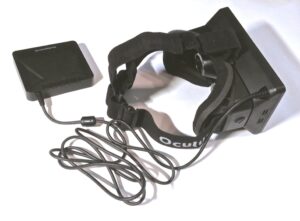 Oculus Rift DK1
Oculus Rift DK1
A promising product showing what’s possible with current technology, albeit with lots of flaws, as expected in such an early device: screen door effect everywhere, no positional tracking, bit uncomfortable to wear, very low resolution.
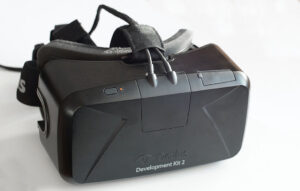 Oculus Rift DK2
Oculus Rift DK2
Already more than 2 years old, but still benefits from the latest Oculus software updates. Low persistency screen, reduced screendoor effect and higher refresh rates makes it the first and cheapest one to be really usable on a daily basis.
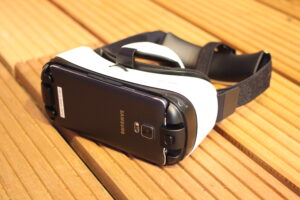 Samsung Gear VR
Samsung Gear VR
Only rotational tracking. Visually on par with the modern desktop headsets. First high quality VR headset for smartphones.
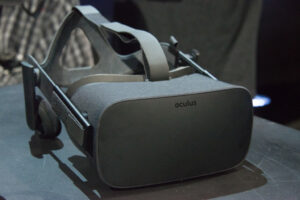 Oculus Rift CV1
Oculus Rift CV1
Benefits from the best device drivers out there right now (async spacewarp reduces requirements down to 45FPS). One of the highest image quality when taking into account their lense design (when ignoring the god rays), and very comfortable for long sessions.
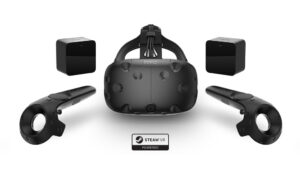 HTC Vive
HTC Vive
Similar overall quality as CV1, usually considered a bit less comfortable, but providing room-scale VR before anyone else did, along with proper VR controllers rather than a lousy gamepad.
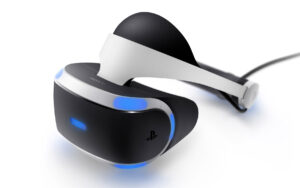 PlayStation VR
PlayStation VR
Oh god, the tracking wobbles so much compared to Vive/Rift. Probably up to one centimeter at times. But it’s so cheap compared to the proper VR headsets.
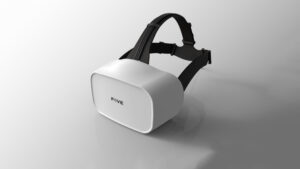 FOVE 0
FOVE 0
Tracking uses DK2 technology, but they will soon migrate to Lighthouse. Visual quality seems on par with CV1.
Dynamic depth of field visual effect: useless. The pupils aren’t physically adapting to different depths anyway, and the effect is temporally smoothed (probably to prevent effect flickering), making the whole image feel blurry overall. Best turned off.
Foveated rendering (rendering lower quality wherever you are not directly looking at, to vastly improve framerates): works perfectly. I couldn’t notice any lag between gazing and the corresponding increase in detail. This is the future!
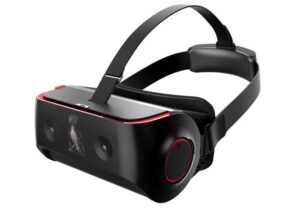 Qualcomm VR820 ref design
Qualcomm VR820 ref design
Visual bandwidth: unknown
Remarks: wireless with positional tracking, not going to be commercialized
The demo showed an octopus suspended in the air (water), moving up and down, and a completely flat blue background. This made it hard to judge the quality of its positional tracking.
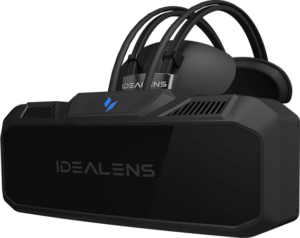 IdeaLens M1000
IdeaLens M1000
Visual bandwidth: 7680×4320 pixels @ 90Hz = 2985 megapixels/second
Remarks: huge FOV of 180º with an 8K screen
Huge headset for a huge FOV. The demo I tried showed real time streaming video from a nearby 360º camera. I suspect the video was pretty low resolution since image quality seemed on par with a CV1.
It packs a very wide set of lenses covering most of the inside, with one fresnel lense in front of each eye (similar in appearance to those in Vive, with big segments, rather than the thin ones in CV1), while the rest was filled with what seemed a regular lense design. The visual quality didn’t suffer much in those areas, I expected a much bigger drop in detail, but nope!
The rotational tracking was lagging a good 50-200ms, probably due to the stream being compressed server side and decoded on or near the headset. Couldn’t test positional tracking, I’m actually not sure if this headset even has it or not.
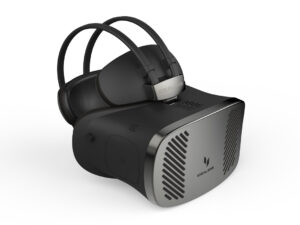 IdeaLens K2
IdeaLens K2
Remarks: self contained wireless device, 120º FOV
Visual quality was standard, the headset was surprinsingly comfortable to wear despite its weight. The slightly bigger field of view is nice, but the tunnel effect is still noticeable.
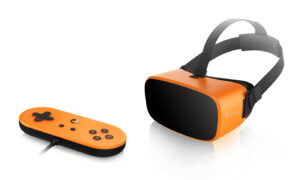 Pico Neo
Pico Neo
Another selft-contained VR system with smarpthone-like hardware and rotational tracking. Normal visual quality.
The computing hardware and battery is in a gamepad controller, that is wired to the headset in order to provide the image and receive the sensor data.




Leave a Reply